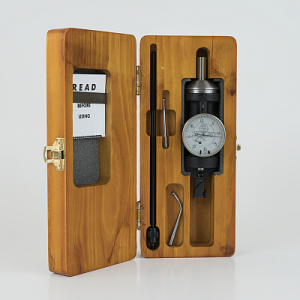- Joined
- Feb 8, 2014
- Messages
- 11,144
Just to put this in perspective, my machine is the same size as yours. About 3500 lbs, 3HP. #30 taper spindle, slightly beefier than a R-8 spindle, but the same bearings I think.What other MT cutters or other tools might one ever use on a knee style milling machine that don’t raise safety concerns?
In general I would not use tools with greater than a MT2 in a BP style machine, and only drill bits. In rare instances I use up to 1 1/4'' drill bits with a reduced 1/2'' shank. I have used straight shank drill bits up to 3/4'' directly in a R-8 collet. As massive as the machines seem to be, they are not designed to take those kind of loads. Also for any use except drilling a MT requires a drawbar. For large diameter holes (>1'') use hole saws or annular cutters, up to 4'' or so depending on material, and don't overload the machine. The quill power feed is rated at 1/2'' max in steel under ideal conditions. I have rarely used the quill power feed for any operation but boring.
For the most part, I use 1/2'' and 3/8'' endmills. I have 5/8'', 3/4'', and 1'' tool holders, but rarely use them except to hold slitting saw arbors and other tooling like that. The more stick out you have, including the holder, the higher the risk of chatter, keep things as close coupled as possible. The largest cutter I use on my machine is a 2.5'', 4 insert face mill. This is only used for slabbing off aluminum or very light facing cuts in steel. It normally takes longer to set up and use this than it does to just use a smaller tool for facing that would be used in the next operation.
Where I do have a need for a long tool (>2'' cut length), I will use a 5/8'' or 3/4'' end mill for deep pocketing. In another case, I have a couple of 2'' x 3/4'' shank endmills that were used for a specific job in plastic, I would never use them in steel, maybe aluminum under the right conditions. You can remove material just as fast with a much smaller endmill.
What I am really saying here is just because you can, does not mean that you should.
For hole center locating, a coaxial indicator is my favorite tool. https://blakemanufacturing.com/


